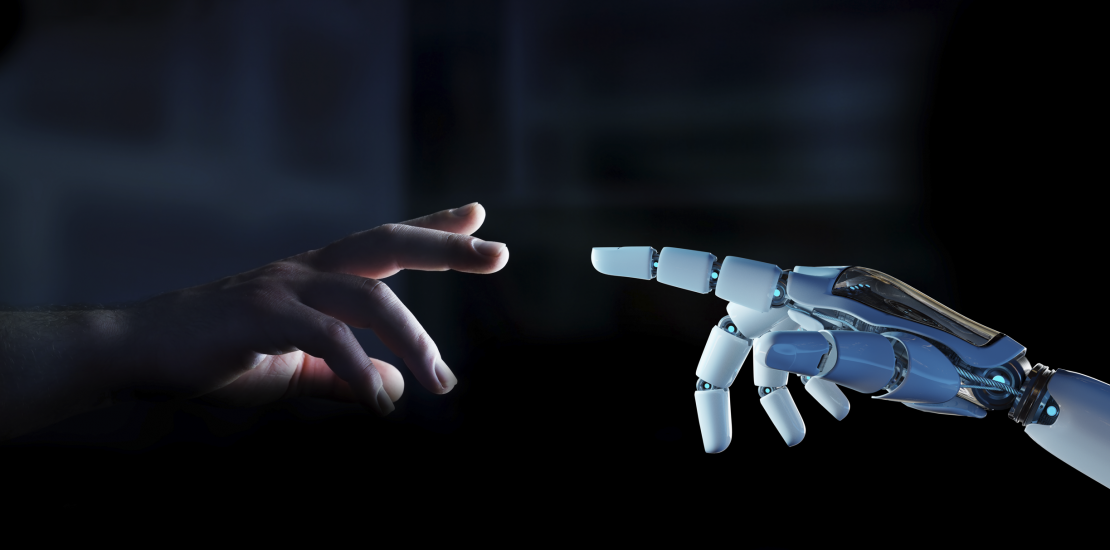- February 27, 2024

The role of technology in business is undergoing a profound transformation once again. Whilst the Fourth Industrial Revolution marked an era of automation and robotics, the Fifth Industrial Revolution, or 5IR, puts the focus on people collaborating in harmony with robots to increase efficiency.
However, the rapid advancement and availability of technology (particularly AI), has led to a new paradigm whereby simply having the latest tools is no longer enough to secure a competitive edge. The result of the Fourth Industrial Revolution has been a levelling of the playing field where merely technology is a basic requirement for businesses and the differentiator has become how effectively it is used.
This shift has also been noticed by C-suite executives looking to maintain and enhance their organisation’s strategic priorities. The latest UK CEO survey from PWC demonstrated that 80% of respondents have recently completed or are currently running a transformation project in IT, yet 21% also answered that their organisation will not be economically viable within 10 years on its current path [1]. Combined, those two figures tell us that competitiveness will soon pivot away from having the best technology to other motives.
Furthermore, where consumers are becoming more demanding with more choices and higher expectations, customer service is emerging as a critical differentiator with as many CEOs scoping a project in customer experience as those scoping a project focused on improving operational efficiencies [1]. This has been met by executives looking to shift the focus from meeting the expected customer minimums to exceeding and consistently delighting customers, creating memorable experiences that foster loyalty and advocacy. That is not easy. It requires a deep understanding of customer needs, preferences, and behaviours, and a business operating effectively enough to cope with a demanding customer offering. Technology, in this context, must serve as an enabler rather than the focal point, enabling your people to personalise and enhance the customer journey rather than constrain them.
In this new 5IR era, the differentiator now lies in how companies leverage their technology to enable their people to deliver the best customer outcomes. This includes fostering a culture of continuous improvement, encouraging innovation at all levels, and streamlining processes to enhance productivity and employee satisfaction. The focus shifts from merely implementing technology to optimising the synergy between people and technology.
To navigate this shift successfully, leaders must invest in developing their teams’ skills and capabilities, creating a culture that values adaptability, collaboration, and customer-centricity. This involves rethinking traditional hierarchies and workflows, empowering employees at all levels to make decisions and take actions that benefit the customer. First line managers and middle management are the enablers of this shift. It requires them to embrace a holistic view of the customer journey, breaking down silos to ensure a seamless and positive customer experience at every touchpoint. The key question for a manager shifts from “how do I enable my team to perform at their best” to “how do I enable my team to best serve the customer”?
To sum up, the Fifth Industrial Revolution ushers in a new type of competitive advantage that stems from a company’s ability to harness technology with a human touch to deliver exceptional customer service. It requires change across the entire organisation and refocus towards enabling your people to deliver outcomes. This change won’t be easy but in doing so a company will develop a workforce that is empowered to be agile, innovative, and customer focused going beyond what technology alone can offer.
Blog written by: Elliott Fletcher
